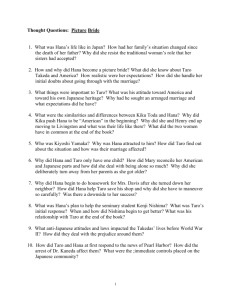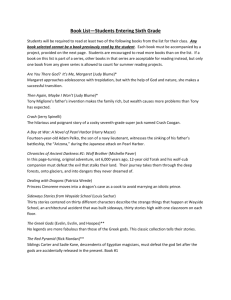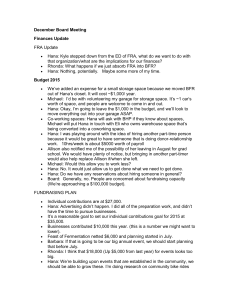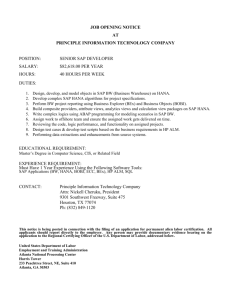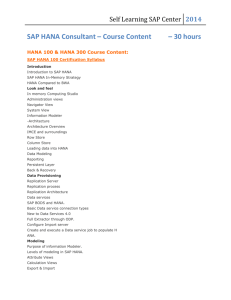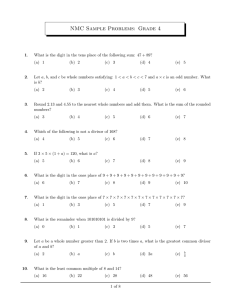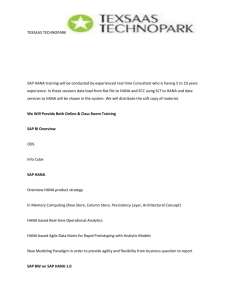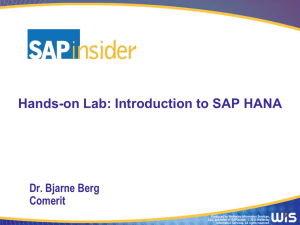The first set of questions measure the previously studied skills (W1
advertisement
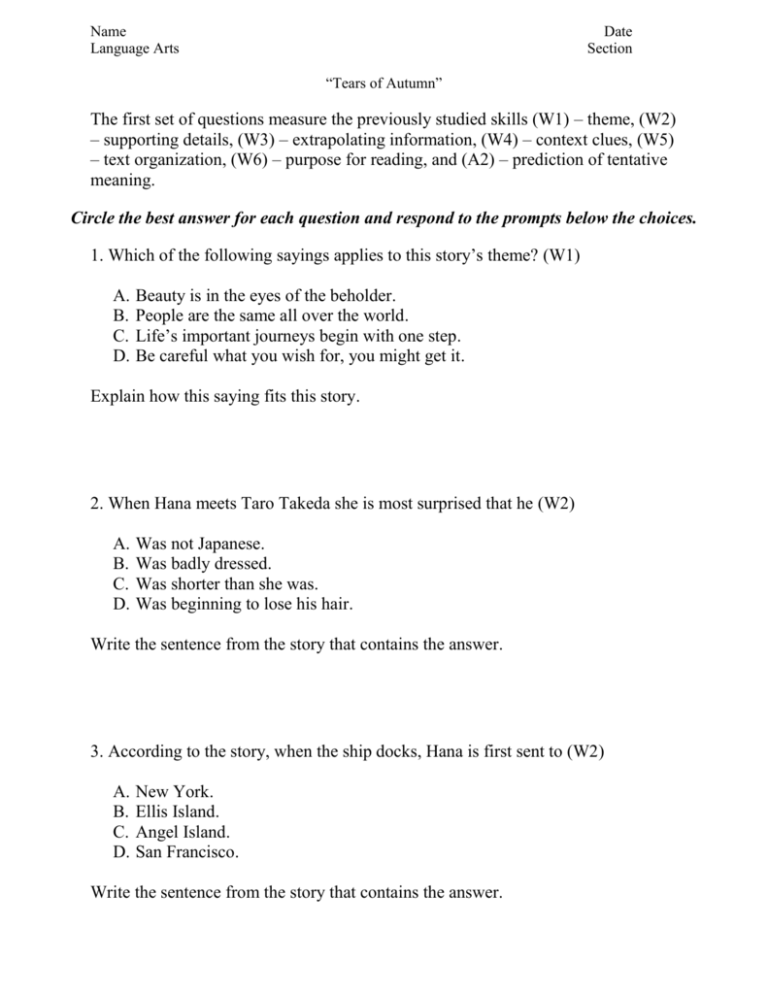
Name Language Arts Date Section “Tears of Autumn” The first set of questions measure the previously studied skills (W1) – theme, (W2) – supporting details, (W3) – extrapolating information, (W4) – context clues, (W5) – text organization, (W6) – purpose for reading, and (A2) – prediction of tentative meaning. Circle the best answer for each question and respond to the prompts below the choices. 1. Which of the following sayings applies to this story’s theme? (W1) A. B. C. D. Beauty is in the eyes of the beholder. People are the same all over the world. Life’s important journeys begin with one step. Be careful what you wish for, you might get it. Explain how this saying fits this story. 2. When Hana meets Taro Takeda she is most surprised that he (W2) A. B. C. D. Was not Japanese. Was badly dressed. Was shorter than she was. Was beginning to lose his hair. Write the sentence from the story that contains the answer. 3. According to the story, when the ship docks, Hana is first sent to (W2) A. B. C. D. New York. Ellis Island. Angel Island. San Francisco. Write the sentence from the story that contains the answer. 4. In this story, which of the following statements is true about arranged marriages in Japan? (W3) A. B. C. D. The families needed to be life-long friends. Financial matters were often major concerns. The bride never communicated with the groom. The marriage was arranged at the birth of the female. Why is your answer correct? 5. As used on page 591 (paragraph 9), queasy means (W4) A. B. C. D. Eager. Worried. Calming. Nauseous. What “clues” did you read that make your answer correct? 6. As used on page 587, paragraph 4, the word perpetuate means (W4) A. B. C. D. Sell. Stop. Resume. Continue. How does the context support this meaning? Name Language Arts Date Section “Tears of Autumn” 7. What is the purpose of paragraph 2 on page 587 (W5) A. B. C. D. It explains the Omiya family problems. It changes the time order of the narrative. It supplies information on the Takeda family. It describes the structure of the Japanese family. Why is your answer correct? 8. This story could best be used to write a report on (W6) A. B. C. D. Farm life in Japan. Immigration laws. Arranged marriages. Traveling to America. What information from the story would you use? Before answering #9, refer to the story for the complete sentence. If you do not remember what an ellipsis (…) means, please ask your teacher. 9. On page 588, paragraph 8, when Hana sees her arraigned marriage as “…her means of escaping both the village and the encirclement of her family,” she means she (A2) A. B. C. D. Will enjoy being a married woman. Needs to help her family with money. Is looking for more personal freedom. Wants to be less of a burden to her mother. Why is your answer correct? 10. The story begins and ends with Hana on a boat. How are these two scenes MOST similar? (A3) A. They both begin a new journey for Hana. B. She is nervous at the beginning of each voyage. Why do you think this? 11. Why did Hana shudder at the sight of another boat? (A3) A. She thinks that Taro was sending her home to Japan. B. She is remembering her journey from Japan to America. C. She has to go to the upper deck and she is afraid of heights. Why do you think this? 12. At the very end of the story, the author writes that Hana sits carefully next to Taro so their clothing does not touch. What does this reveal about Hana? (A3) A. B. C. D. She is still a little fearful of Taro. She is following a Japanese custom. She regrets leaving Japan and moving to America. She is disappointed in the man she will be marrying. What about this scene makes you think this is the correct answer? Open-Ended The engagement of Hana and Taro is very different from how most Americans marry today. What are some differences between these two methods of engagements? Explain which manner of engagement is better and why you believe it is. Use specific information from the story, as well as any additional insight, to support your response.
